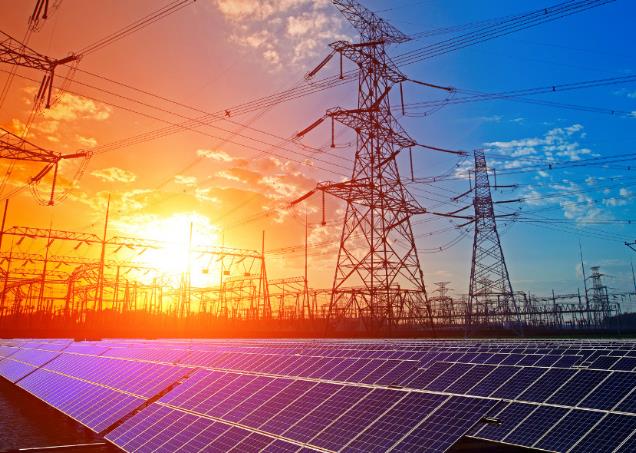Which Roof Pitch Maximizes Solar Panel Efficiency?
Unlocking the Secret to Solar Optimization
In the quest for renewable energy, the efficiency of solar panels is paramount. One crucial factor often overlooked is the pitch of the roof on which these panels are installed. But what roof pitch truly maximizes solar panel efficiency? The answer isn't as straightforward as one might think, given the variability in geographic location, climate, and solar exposure. However, by diving into the data and understanding the dynamics of solar energy, we can shed light on this pivotal question.

The Ideal Angle: A Latitude-Led Approach
Conventional wisdom and scientific research suggest that the optimal pitch for solar panels is closely tied to the geographic latitude of the installation site. Specifically, the angle that maximizes solar panel efficiency is often said to be equal to the latitude of the location. For instance, a site at 40 degrees latitude would find its solar sweet spot with a roof pitch of 40 degrees. This positioning aims to capture the maximum amount of sunlight year-round, as the sun’s path changes with the seasons.
Adjustments for Seasonal Variance
However, maximizing efficiency isn't just about matching latitude. Seasonal adjustments can further optimize solar panel performance. For winter months, adding 15 degrees to the latitude angle can help catch more of the low-hanging sun. Conversely, subtracting 15 degrees from the summer angle helps panels absorb more sunlight when the sun is high in the sky. These adjustments ensure that panels operate efficiently across seasons, especially in areas with significant seasonal sunlight variation.
What roof pitch is best for solar panels: The latitude-matching guideline provides a solid foundation for solar panel installation, but it's the nuanced adjustments that squeeze out every bit of solar efficiency.
The Flat Roof Conundrum: Flexibility at a Cost
For flat roofs, a common feature in commercial buildings, the lack of inherent pitch doesn’t spell doom for solar ambitions. Instead, it offers flexibility. Adjustable mounting systems can angle panels to mimic the optimal pitch, although this can introduce additional costs for installation. Despite this, the ability to precisely angle panels to the ideal pitch—regardless of roof design—presents a unique advantage for maximizing solar efficiency.
A One-Size-Fits-All Solution? Not Quite
It's essential to recognize that the “ideal” roof pitch for solar panels is not a one-size-fits-all answer. Variables such as local climate conditions, seasonal changes, and even the potential for shading from surrounding buildings or foliage can influence the optimal pitch. That’s why a tailored approach, ideally with input from a solar energy expert, is crucial for determining the best roof pitch for your specific situation.
Maximizing Efficiency with Technology
Innovations in solar technology, including tracking systems that adjust the angle of panels throughout the day to follow the sun, can help mitigate less-than-ideal roof pitches. While most residential solar systems don’t use trackers due to cost and complexity, they highlight the importance of angle and exposure in maximizing solar efficiency.
Making the Decision: Expert Insight and Analysis
Deciding on the best roof pitch for solar panels involves a careful analysis of geographical, environmental, and technological factors. Homeowners and businesses considering solar installation should consult with solar energy experts to analyze their specific circumstances. This ensures that the chosen roof pitch will provide the most significant return on investment by optimizing solar panel efficiency throughout the year.
In conclusion, while the latitude guideline offers a starting point, the quest for the optimal roof pitch for solar panels is a nuanced endeavor that requires expert analysis and a willingness to adjust for seasonal and environmental factors.